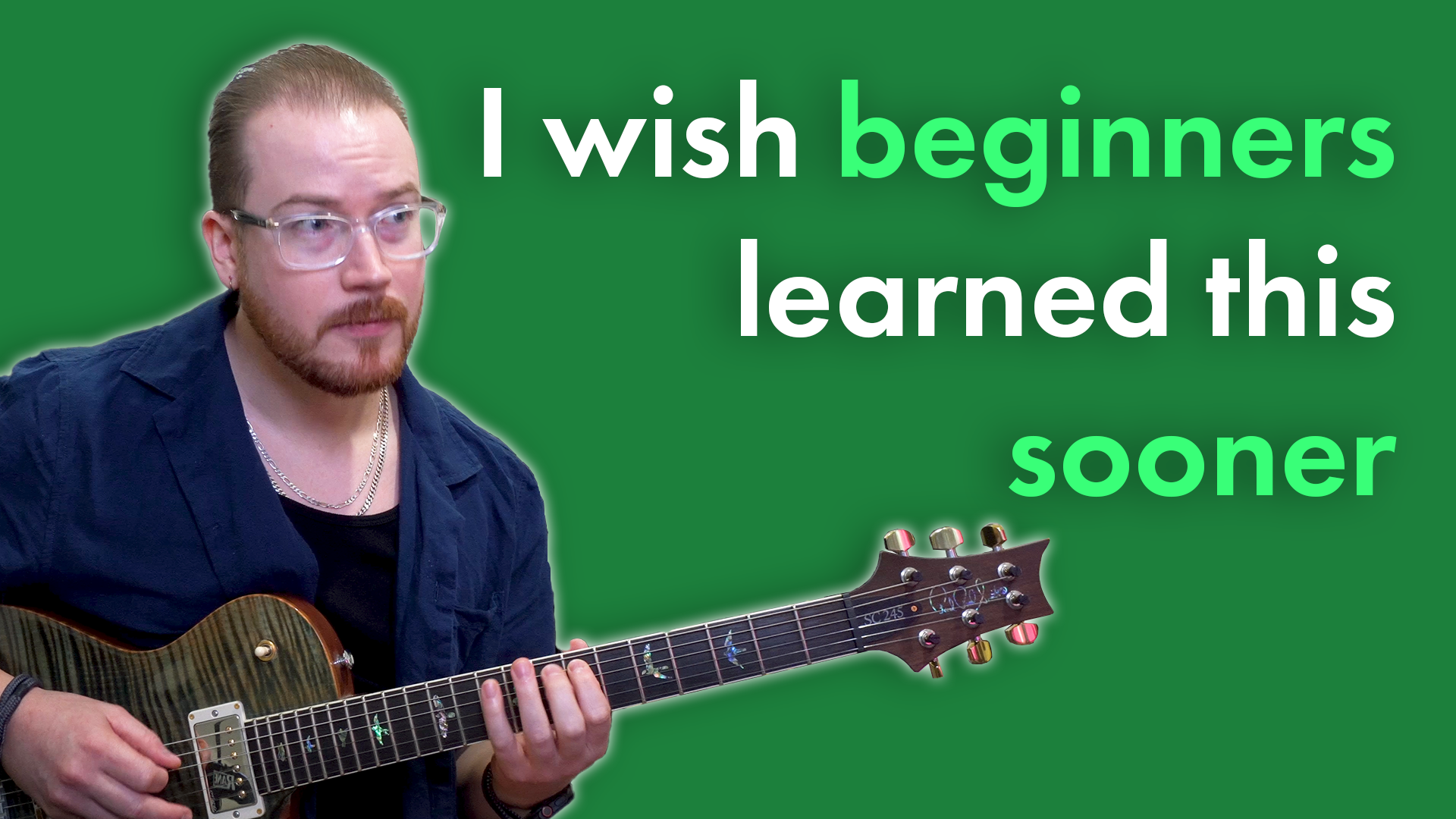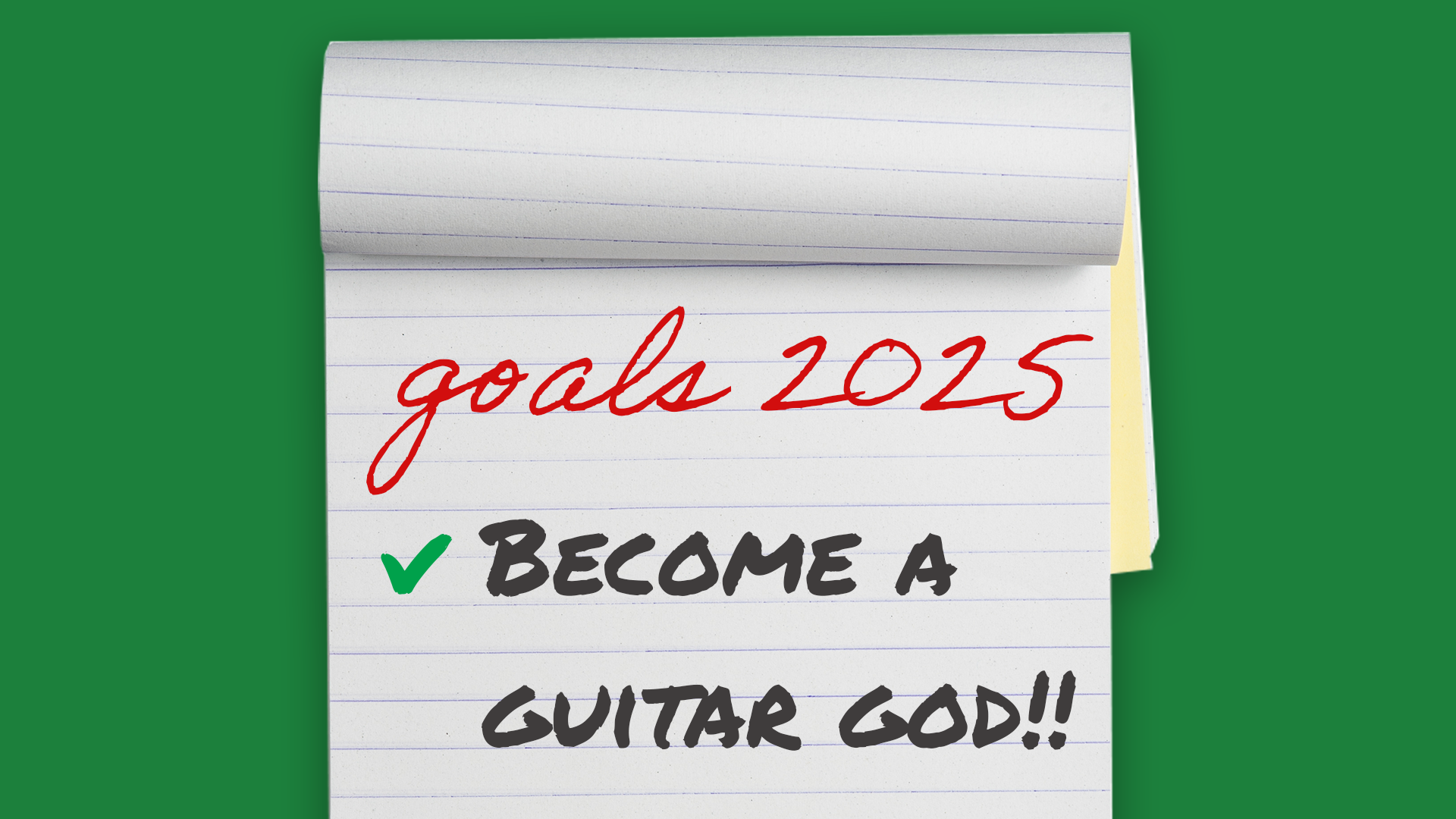How to practice the guitar in 60 seconds
I often have students who aren’t able to do as much practice as they would like. Maybe work is really busy at this time of year. A family member might be sick. Perhaps they’ve just had a baby. There are many legitimate situations in life where your guitar practice should absolutely not be your top priority and that’s perfectly okay. In fact, I hope you show up to your lesson having done absolutely no practice if it means the baby’s been fed and you were able to have a nap. We’ve got a lot more going on in our lives than our guitar playing and sometimes guitar playing has to take the back seat.
Fortunately, you can actually still get a lot done in 60 seconds (I’m speaking literally here), especially when you’re starting out. In this lesson, we’ll talk about some ways to maximize your progress when you aren’t able to set aside a dedicated chunk of time to practice.
How to develop familiarity on the guitar
When we’re trying to develop muscle memory or apply a new concept on the guitar, the objective is familiarity. If you aren’t able to practice for an extended period of time, try and fit in a few moments of practice throughout the day. Five minutes here, 10 minutes there, and maybe you’re only able to squeeze in 60 seconds. All of it is good. All of it will help you build familiarity.
One of the great things about starting out is that you can achieve a heck of a lot with literally 60 seconds of practice. 60 seconds of practice a day is seven minutes of practice a week. If that is intentional practice, as in you sit down and carefully try to integrate your physical, intellectual, and aural understandings, then that is a really great thing! Seven minutes of practice is always better than no practice.
Remember,
Quality practice always trumps quantity practice.
I’ll often grab my guitar while I’m waiting for a student and use that minute or two to go over something I’m working on. Often in these mini-practice sessions, I’ve stumbled across a cool idea that I came back to explore later. But even if I don’t come up with something cool, I’ve put in some more reps in terms of developing familiarity with a new concept I’m working on. Unfortunately, I’ve been playing the guitar pretty much my entire life. And, although 60 seconds of practice is still beneficial, it doesn’t move the needle on your progress as much as for someone who’s starting out. This is one of the awesome things about starting out, if you’re practising effectively, you can actually get a lot done with a very limited amount of practice.
Don’t miss more than two days in a row
A great way to make sure that you maintain consistency with your practice (even if you’re only able to practice for 60 seconds at a time) is to have a rule where you don’t go more than two days in a row without practising. You might practice on Friday, and take Saturday and Sunday off, which means you have to practice on Monday. Then you might not practice on Tuesday or Wednesday so you have to practice on Thursday. You obviously don’t have to take two days off after practising. But this is a great way to cut yourself some slack during a busy season in a way that still allows you to feel good about the consistency of your practice.
What you should practice if you only have 60 seconds
60 seconds isn’t a long time. If you don’t have a plan, you’re not going to end up practising effectively and will end up wasting those precious seconds. Here are some things you can do to avoid that.
How to prepare for your 60-second practice sessions:
Make a list of areas you need to practice
From each area, identify a few very specific practice objectives
Carefully think through what it means to integrate your physical, intellectual, and aural understanding of each of those objectives
Write the answers for all of these points down clearly and concisely so you won’t waste time thinking about what you’re supposed to be doing. You want to be able to just pick up the guitar and go!
How to practice effectively for 60-seconds:
Pick one of your specific practice objectives
Read through the practice points you’ve written down outlining how you need to integrate your physical, intellectual, and aural understanding
Go through the movements slowly and carefully, being aware of how you are integrating your understanding
DO NOT MAKE ANY MISTAKES
If you are practising strictly for 60 seconds, this approach should allow you to go through each movement three or four times.



